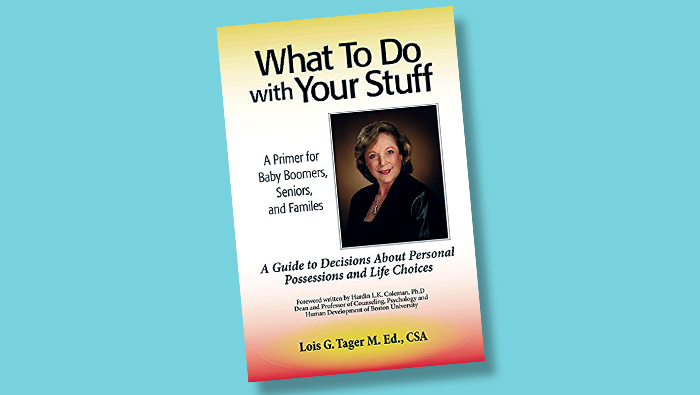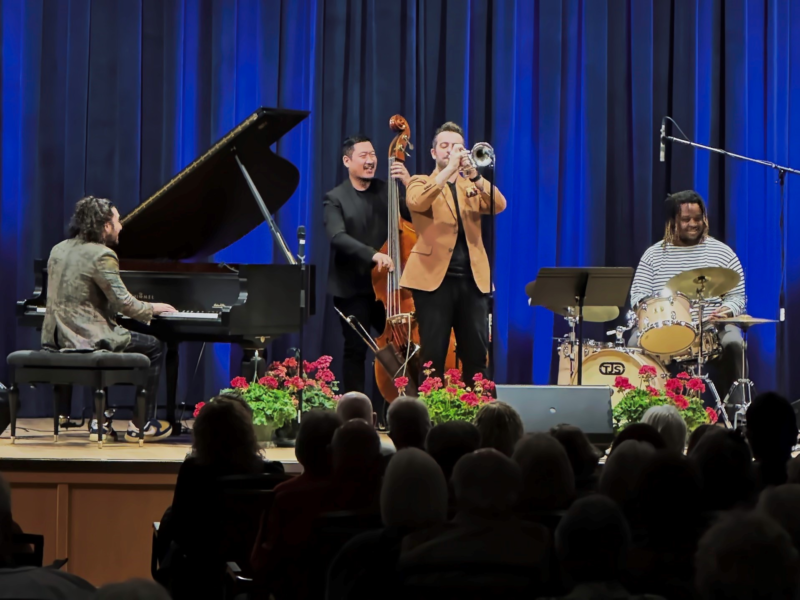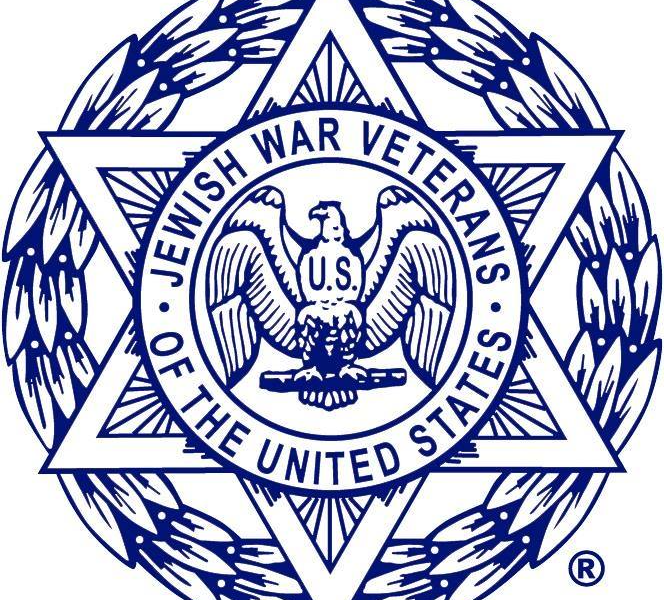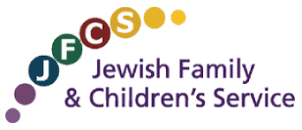Life is a series of collections. We collect experiences, memories, relationships – and stuff. Lots of stuff. As our shelves, drawers and closets fill with the tchotchkes and trinkets we so covet, we rarely stop to think about what they really mean and where they’ll end up when we’re gone.
But our personal possessions represent only one component of our lifetimes. What about the more important, practical aspects of modern life: finances, assets, legalities, medical issues? All of these parts and pieces can combine to produce a potentially problematic – even destructive – scenario if we neglect to face inherently difficult decisions head on and simply leave them to others, assuming they can read our minds and will do “what’s best.”
Author Lois Tager, M.Ed., has seen it all when it comes to such situations. A Northern California transplant and Scottsdale resident since October 2016, Lois is a C.S.A., or certified senior advisor, who specializes in aging issues and improving the lives of older adults. Her journey into this field began when her sister Judy was diagnosed with early-onset Alzheimer’s disease at 56, which drew her into working with others with Alzheimer’s and their caregivers. A chance newsletter from California elder care attorney Roy W. Litherland was the catalyst for a successful professional association in which they worked hand in hand to help seniors in areas ranging from legal issues and estate planning to long-term care and the challenges of daily life.
“I visited homes and with doctors. I worked in every aspect of elder care, including helping people find the right facility for their spouses with Alzheimer’s,” says Lois. She met more and more seniors who didn’t know where to turn in dealing with aging issues, whose families were ill equipped or even unwilling to help make decisions in their best interests. “Clients came out of the woodwork,” she says.
Too often, Lois encountered situations where nothing was in writing. No one was willing to make the “hard decisions” regarding downsizing, inheritances or end-of-life issues. Too often, Lois says she heard family members say, “‘So and so wouldn’t want that’ – but who really knows what they want unless it’s spelled out?” Too often, the mentality is “let the kids decide.”
DECISIONS, DECISIONS
Why are such decisions so hard to make? “It takes effort to do it,” says Lois. “As seniors get older, it’s just too hard. Most people do what’s easy first. And they don’t want to face the inevitable.” She cites the number one fear: a fear of death.
“I was very blunt with my clients, telling them, ‘None of us is going to live forever. That’s not reality,’” says Lois. “Making these decisions will not only be a comfort to you, but your family will be forever grateful, believe me!”
So she wrote a book called What to Do with Your Stuff: A Guide to Decisions about Personal Possessions and Life Choices. Her goal with the book is to “help seniors and their families make decisions for today, tomorrow and beyond.”
The book (“It’s short for a reason,” says Lois. “I want seniors to read it.”) addresses why such decisions are important; how to make decisions regarding finances, change and health; downsizing; and managing conflict. (Litherland wrote the chapter on legal tips.) At the back of the book are helpful organizational sections that include a numbered checklist of important elder-care considerations and pages for listing what specific item goes to what individual and why. Lois offers engaging “back stories” of real-life encounters – several of them noteworthy cautionary tales – she has witnessed among clients and their family members.
YOUR WISHES, YOUR CHOICE
We collect “stuff” in life – whether valuable jewelry or inexpensive travel trinkets – because they have meaning. Lois recommends not only designating desired recipients but also sharing stories about what made those things special in the first place. Making decisions and writing them down – not to mention inviting family members’ input in those decisions – can help prevent the conflicts and lasting ill will that Lois has seen tear families apart. (Lois recounts the story of a simple candy dish that started as a divisive and testy confrontation between siblings but ended in compromise.) By making lists of who is to receive what, “You’re telling your family that these are your wishes – and your choice,” says Lois.
Lois keeps her own separate book with such notations, including stories behind certain special, meaningful items. During the interview, I comment on the beautiful garnet ring I notice on her finger. “Oh, that’s the ‘I love you’ ring!” she exclaims before joyfully sharing a back story: Some years ago, she and her “romantic and generous” husband Steven were cutting through the jewelry department at Macy’s during the holidays. December also happened to be the month of their anniversary. Steven stopped short when he saw the ring in the display case and said, “Honey, that’s yours! Happy anniversary!” – and then promptly bought it for her. “Whoever gets that ring will get the story behind it,” adds Lois.
THE UPSIDE OF DOWNSIZING
Moving offers the chance to downsize, which Lois says can be “truly revitalizing to your lifestyle and your health.” Her own recent move offered such an opportunity, though she admits that it can be difficult to choose what to shed and that most of us don’t get rid of enough. Still, she admits that she has “become unencumbered. I can spend time doing other things and live very nicely without all this stuff.”
Lois acknowledges that the effort it takes just thinking about going through all of our stuff is “daunting and exhausting.” She suggests simply spending an hour tackling a drawer, closet or section of a room. Return to the same project later – and when you find a special item, write it down! She also suggests giving special things away now and sharing stories about them so that you can witness firsthand the recipient’s joy.
Lois stresses that her book isn’t just for seniors; younger people can benefit from reading it, too, and start to become aware of these inevitable issues. And her advice to family members willing but reluctant to start the conversation? “I have found that a gradual approach to become direct works,” she says with a laugh. “Start at a comfortable level” and let them know you are here for them and want to make an admittedly difficult process as easy as possible.
“A lightness comes from leaving some things behind. It feels like a cleansing,” says Lois. “Better I do it than leave it for my children to do. That’s my gift to them.”
Mary Ann Bashaw, of Phoenix, is an editor and writer.
Lois Tager’s book What to Do with Your Stuff is available on amazon.com. Visit whattodowithyourstuff.com for more information. Lois is also available to speak at conferences and local senior centers. Reach her at [email protected].






